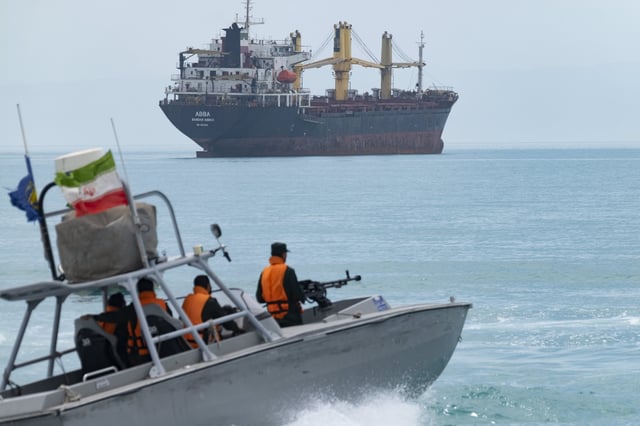Overview
- President Trump brokered a ceasefire on June 23, but Israel reports intercepting two Iranian missiles hours after the truce took effect and Iran denies any launches.
- Shipping rates from Shanghai to Khor Fakkan have surged by up to 76% in June as carriers face elevated insurance premiums and route uncertainties.
- Ongoing GPS jamming in the Strait of Hormuz has forced vessels to restrict transits to daylight hours and reduced daily passages by roughly 20%.
- The Joint War Committee left its risk listings for the strait unchanged and daily ship transits have remained near preconflict averages.
- The Strait of Hormuz carries about 25% of global seaborne oil and 20% of LNG, so any disruption could trigger sharp oil price spikes and broader economic fallout.

